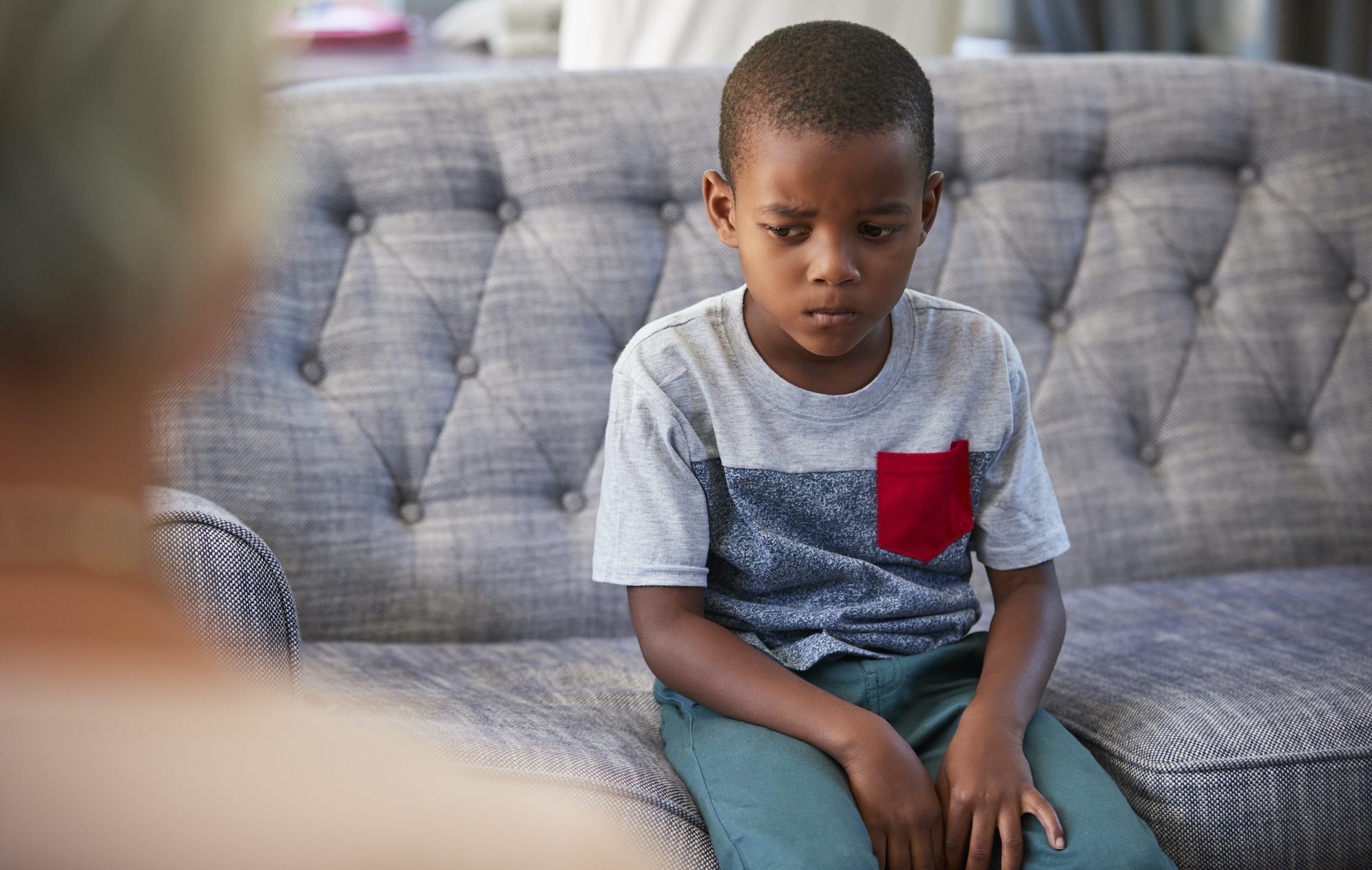Articles containing: depression
What If My Child Has Depression?

What is child depression, and when should you worry about it in your child or teen? See more, below.
Este artículo está disponible en español.
Print out a summary of this article.
“Depression” is a funny term.
Suicidio en Primavera: ¿Una Combi-nación (Im)probable?

Todos sabemos que los intentos de suicidio, la ideación suicida e incluso la tragedia de morirse por suicidio aumentan durante los días festivos de invierno.
Es algo que damos por hecho. Está en toda la prensa, está en la cultura popular.
预防自杀:如何帮助您的孩子

预防自杀:如何帮助您的孩子 –下载 PDF
Read this article in English on the MassGeneral for Children website.
CBT Snapshot: Using Cognitive Behavior Therapy for Depression

Cognitive Behavioral Therapy is a special kind of talk therapy that can be used to help with mental health challenges. In this CBT Snapshot series, Dr. Ellen Braaten gives a glimpse of what it looks like to use CBT for a range of mental and behavioral health disorders.
Adolescent Depression – Shrinking It Down

It’s not always easy to tell whether a teen’s behavior is typical for their age or a sign of depression. In this Parent Strategy Announcement (PSA), Dr. Gene Beresin and Dr. Steven Schlozman explain how parents can assess their child’s behavior, and what to do if they’re concerned.
Second Generation Antipsychotic Medications: An Overview

As child psychiatrists, we prescribe medications. As medicines go, perhaps none are more controversial than the use of second generation antipsychotics. For at least the last 15 years, concerns about these particular medications have characterized a good part of any discourse I’ve had with parents in the office or on the lecture circuit.
My Child Was Diagnosed With Anxiety or Depression. How Should I Talk to Her About It?

“Should I use the word anxious or depressed?”
“Should I talk about it at all with my daughter?”
“What should I say to my teenage son?”
“How can I even bring it up?”
These are just a few of the questions parents ask when their child is given a diagnosis of anxiety or depression.
¿Qué Hago Si Mi hijo Es Acosado (Le Hacen “Bullying”)?

Hasta hace unos seis o siete años, el término “bullying” estaba prácticamente ausente de nuestro vocabulario diario. De hecho, hace seis o siete años, si uno le hubiera pedido a alguien que definiera “acoso”, probablemente le hubieran dicho que la palabra en sí era antigua y pasada de moda.
Cómo Ayudar a Los Niños a Lidiar con La Ansiedad Situacional

La ansiedad es la forma en que los humanos hemos evolucionado para protegernos.
En situaciones amenazadoras, nuestros cerebros desencadenan una serie de respuestas que resultan en una elevación del ritmo cardíaco, sudoración, temblores, hiperventilación y miedo intenso, todo con el propósito de prepararnos para el peligro.
How to Help Young People Cope With Grief and Loss During COVID-19

Este artículo está disponible en español.
The novel coronavirus pandemic has posed a novel way of life for all of us. Beyond concerns about contagion, prevention, or slowing down its spread, and fears of illness and access to healthcare, one thing is clear.



